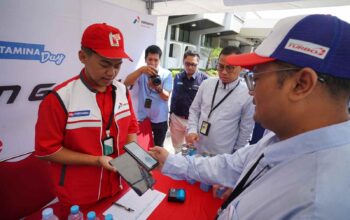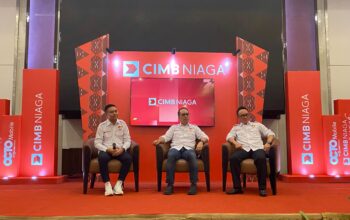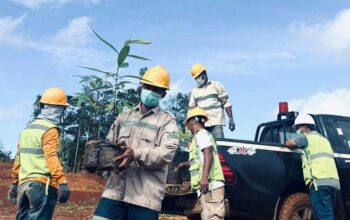This is the third installment of the State of the Media and Information Literacy in the Philippines series. This article uncovers the socio-economic, cultural, and technological barriers hindering Media and Information Literacy (MIL) in the country, and explores effective solutions to promote digital literacy and critical thinking.
The previous article tackled how Media and Information Literacy (MIL) education faces an uphill battle on how to make it accessible to several students regardless of their geographic location and their socio-economic status in the Philippines.These obstacles are due to several barriers such as socio-economic and cultural factors. They limit the widespread adoption and effectiveness of MIL education.
These issues have to be addressed to ensure that the critical thinking and responsible media consumption of Filipino students are upskilled. It is MIL education that builds a well-informed and empowered citizenry.
Socio-Economic Barriers
Poverty
This is probably one of the most significant obstacles to MIL access in the Philippines. Since a larger portion of the population lives below the poverty line, many families cannot afford essential digital devices or internet connectivity. As a result, students from low-income families are at a disadvantage that they are unable to practice and develop MIL skills, which are increasingly necessary in today’s digital world.
Resource Scarcity in Schools
Baca Juga
Underfunded public schools often face severe resource limitations. They lack the educational materials that are necessary to aid their education. Sadly, this negatively impacts inaccessibility to MIL-related materials because they are deemed secondary important compared to classrooms, chalks, and the like. Without the said materials, it is difficult to build MIL skills for children because it takes practice to hone these skill sets.
Teacher Training and Professional Development
The effectiveness of MIL education heavily relies on the preparedness of teachers. Unfortunately, many educators in the Philippines report feeling inadequately prepared to teach MIL. This is largely due to insufficient training and limited access to professional development opportunities that focus on MIL. Without proper training, teachers may lack the confidence and skills needed to effectively deliver MIL content, resulting in a diminished educational experience for students.
Solutions to these problems
First, the government must ensure that economic mobility is improved so that they can afford the said digital resources. Then, the government should allocate better funding for these projects. Get private sector donations to fill in the gap when necessary such as tax breaks on information technology and the like. Lastly, set some priorities for the development of MIL access. It may seem MIL-related materials are deemed unnecessary compared to STEM subjects but the fast-changing world is now relying on more recent information and these materials could bridge that gap.
Cultural Barriers
Cultural Differences and Traditional Beliefs...








